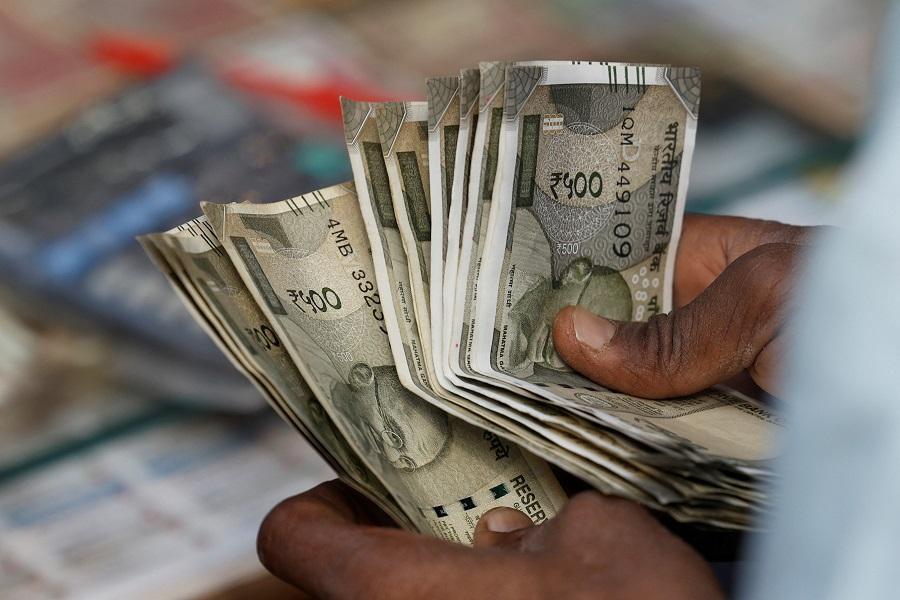
Rupee Set to Open Weaker as Trump Threatens 25% Tariff on Exports
The Indian rupee is expected to open weaker on Thursday, following a warning from U.S. President Donald Trump that he may impose a 25% tariff on Indian exports. This threat has sent shockwaves through the financial markets, with traders anticipating a weaker rupee and the Reserve Bank of India (RBI) possibly intervening to stabilize the currency.
The 1-month NDF (non-deliverable forward) suggests an opening range of 87.66-87.69, compared to 87.42 previously. This implies that the rupee could weaken further, potentially nearing its record low of 87.95.
The tariff threat, which was made by Trump during a press conference, has raised concerns among Indian exporters and investors. The move could lead to a significant increase in the cost of Indian goods exported to the United States, making them less competitive in the global market.
The Indian rupee has already been under pressure due to a widening trade deficit and a surge in oil prices. The currency has depreciated by over 10% against the U.S. dollar so far this year, making it one of the worst-performing currencies in Asia.
The RBI has been monitoring the rupee’s performance closely and has intervened in the foreign exchange market several times to stabilize the currency. However, with the rupee near its record low, the central bank may be forced to take further action to prevent a sharp depreciation.
The 25% tariff threat is not the only worry for Indian exporters. The U.S. has also been imposing tariffs on several Indian products, including aluminum and steel, under the guise of national security concerns. This has led to a decline in Indian exports to the U.S., which could have a significant impact on the country’s economy.
The Indian government has been trying to negotiate with the U.S. to resolve the trade disputes, but so far, there has been little progress. The government has also been implementing various measures to boost exports and attract foreign investment, including simplifying regulations and reducing taxes.
Despite the challenges, India’s economy is expected to grow at a slower pace in the current fiscal year due to a decline in global trade and a slump in domestic demand. The country’s GDP growth rate is expected to slow down to 6.5% in the current fiscal year, from 7.2% in the previous year.
The rupee’s weakness could also have implications for India’s inflation rate, which has been rising due to higher food and fuel prices. A weaker rupee could lead to higher import prices, which could fuel inflation further.
In conclusion, the Indian rupee is likely to open weaker on Thursday due to the threat of a 25% tariff on Indian exports by U.S. President Trump. The RBI may intervene in the foreign exchange market to stabilize the currency, but the impact of the tariff threat on Indian exports and the economy could be significant. The government needs to take steps to boost exports and attract foreign investment to mitigate the impact of the tariff threat.






